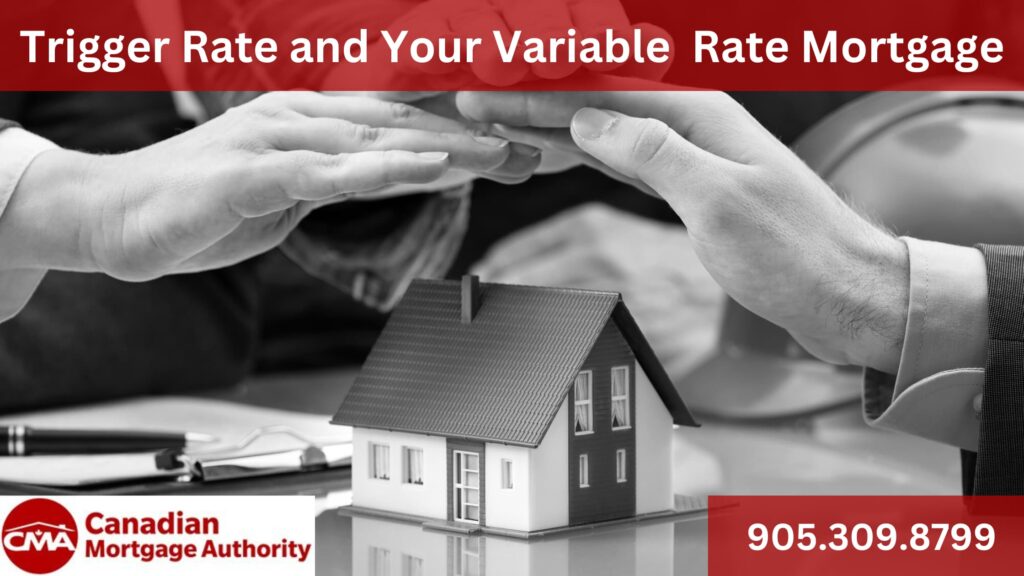What is the trigger rate?
If you currently have a variable rate mortgage you may have had the unpleasant experience of hearing the term “trigger rate” by your current mortgage lender, or you may have heard it in the news. Don’t feel bad for not being familiar with the term as historically it has rarely been an issue. As an experienced Grimsby mortgage broker, I make sure to educate all of my clients on the pros and cons of variable rate mortgages, however, many brokers do not.
As with all variable rate mortgages, the actual interest that you are being charged on your mortgage has a couple of components. First is the Prime interest rate charged by your bank which fluctuates in “lock step” with the Bank of Canada overnight lending rate. The second component is the discount off of Prime, which is fixed for the term of your mortgage.
When you initially take out a variable rate mortgage, you will set a term and an amortization period. The term is the length of time that your discount is guaranteed and the amortization is the period of time that it will take to pay the mortgage off, assuming that the payment stays the same.
The payment you initially sign up for is based on both the initial interest rate and the amortization period. With a fixed rate mortgage, it is very straightforward, as your interest rate is guaranteed for the duration of your term so the payment will not change and your monthly interest cost cannot change.
With a variable rate mortgage, things are a bit different. When the Prime rate goes down, which it had been trending to for several decades your interest cost goes down, so more of your payment will go towards principal repayment. This is a good thing. Conversely, when the Prime rate goes up, which it has been doing since March of 2022 with eight consecutive rate hikes, your interest cost goes up and the principal repayment decreases.
So Where Does the Trigger Rate Come Into All This?
So, this is where the “trigger rate” comes into play.
When the interest cost for the month exceeds your set monthly payment, you have hit your “trigger rate” and your payment will go up accordingly to ensure that this higher interest cost is covered. Otherwise, your mortgage would be negatively amortized, meaning that you would owe more at the end of the mortgage than at the beginning.
In most cases, however, your newly set payment will only just cover the interest cost and none of the principal, which could result in an unpleasant surprise when your mortgage comes up for renewal. You might find you are left with a much larger remaining balance than you were expecting.
If you are currently in a variable rate mortgage, I would be more than happy to review your situation and see what options are available to you, to ensure that your needs are being properly met.
My advice is always free, request a free mortgage consultation today.

